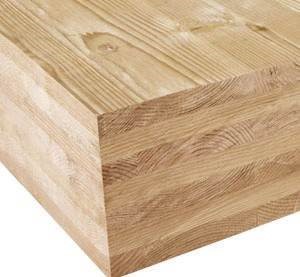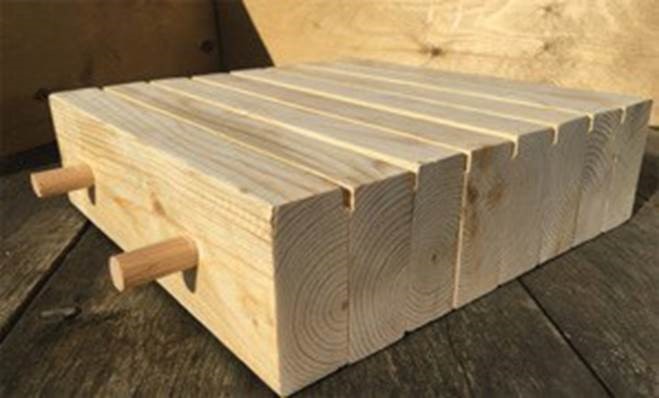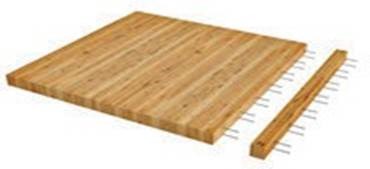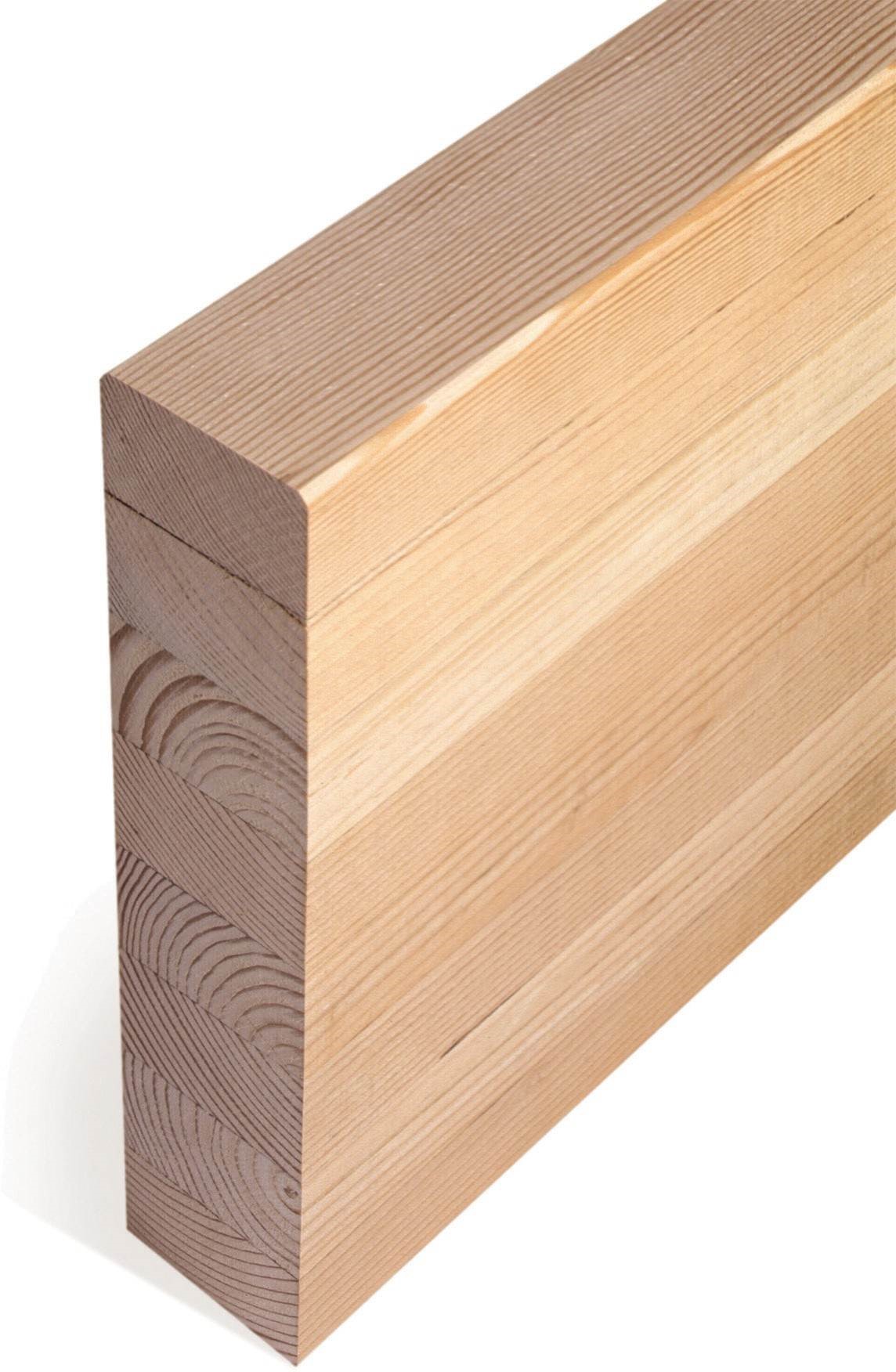
Home
Mass Timber Rising
Sustainable Forests
Tall Wood – Low Carbon
Fuels to Frame
About
Tall Wood is Hot – Here’s Why
What is Mass Timber?
The name might lead you to believe otherwise, so let’s be clear–mass timber construction does not use massive trees. Mass timber uses standard-dimensional lumber (2x6s and 2x8s) manufactured from commercial sawlogs to produce large structural panels and beams. Wood, being a natural material, comes with defects and variations; that’s what gives it character. But, defects introduce weak spots that are prone to failure. Mass timber is an engineered wood product that minimizes defects and variation by combining and optimizing many small pieces together. It offers great strength without having to cut large trees.
A Hundegger panel cutting machine at D.R. Johnson Wood Innovations in Riddle, Oregon. The use of computer numerically controlled (CNC) machines enables manufacturers to achieve very tight tolerances.
Mass timber is a catch-all term that describes a suite of engineered wood products including cross-laminated timber (CLT), nail-laminated timber (NLT), dowel-laminated timber (DLT) and glulam beams. These advanced wood products are all made with dimensional lumber. Mass plywood (MPP) is made using a similar process except it uses large sheets of veneer and can use logs as small as five inches in diameter. Mass timber products like CLT and MPP are not commodity products, but rather precision engineered industrial components that are prefabricated off-site.
According to North American Mass Timber, “CLT is a panelized structural engineered wood product that can be used in all major building components (floors, interior and exterior walls, and roofs). Mass plywood (MPP) is a structural panelized product that can be used in many similar applications.” Mass plywood has the advantage of being more efficient compared to cross laminated timber because it uses less raw material to achieve the same strength characteristics.
A mass plywood panel (MPP) manufactured by Freres Lumber Co. in Lyons, Oregon. MPP uses many thin sheets of veneer rather than dimensional lumber making it more efficient than cross laminated timber.
Cross-laminated timber (CLT) has been described as “plywood on steroids”. Plywood is composed of multiple layers of thin veneer laid at right angles, and pressed together with glue. The alternating layers give the material strength and rigidity. Any defect, like knot holes, are distributed evenly without compromising strength. Now, imagine a similar product made with alternating layers of 2x6s or 2x8s laid up into large panels and glued together. Just like plywood uses many small layers and combines it into a larger unit, CLT works the same way. Smaller boards (officially called “lamella”) are pressed into larger structural components, such as beams, walls and floors. CLT is pressed into large panels with up to nine layers. Dimensions are only limited by the size of the press and vehicles required to transport the product. The process is very efficient and enables the creation of large (mass) structural components with minimal defect and variation or the use of large ecologically-valuable trees.
Unlike most standard residential “stick frame” construction, mass timber panels and beams are pre-fabricated at manufacturing plants with specialized equipment to exact specifications. A computer numerically controlled (CNC) router adds the necessary cut outs for doors, windows, fasteners, conduit, and utilities. Completed panels are then loaded onto trucks in their order of installation, which greatly increases and streamlines job site efficiency.
1Anderson, Atkins, Beck, Dawson and Gale (2020). North American Mass Timber 2020: State of the Industry. Forest Business Network.
Next
Tall Wood is Hot – Here’s Why






